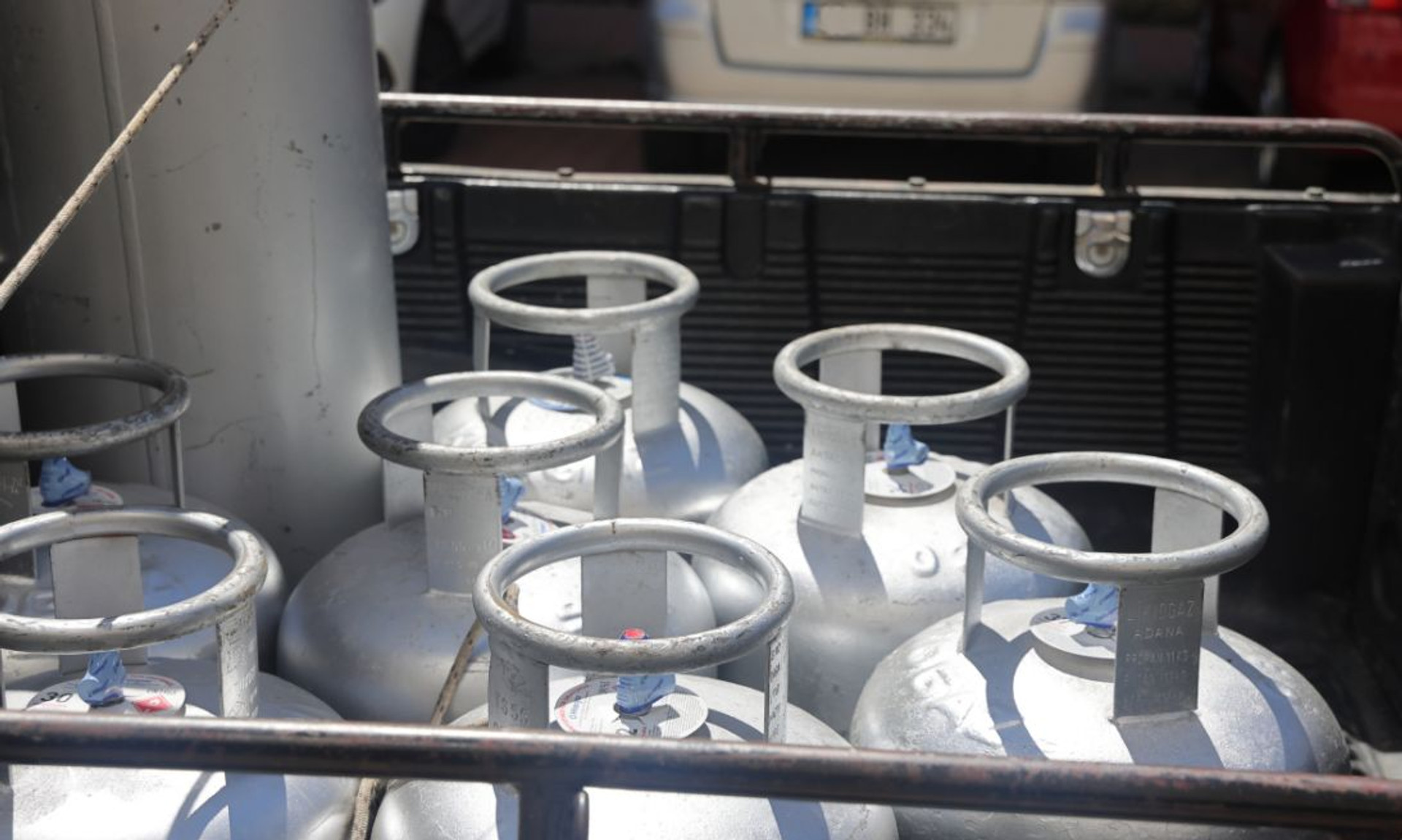Best Practices for Storing Calibration Gas Cylinders
The importance of calibration gas cannot be understated in maintaining accurate and reliable monitoring and detection equipment in various industries. However, the proper storage of these gas cylinders is just as crucial to ensure both the safety and the quality of the calibration mixture. In this article, we will explore best practices for storing calibration gas cylinders that guarantee precision, quality, and expertise in your operations.
Store Cylinders in a Cool, Dry, and Ventilated Area
The chemical composition of calibration gas mixtures can be affected or degraded by exposure to excessive heat, humidity, and poor ventilation. To maintain the highest level of quality in these mixtures, you should store your cylinders in a cool, dry, and well-ventilated area. Ideally, the storage temperature should be below 25°C (77°F), and humidity levels should be under 60 percent.
Store Cylinders in an Upright Position
Always store calibration gas cylinders in an upright position, with the cylinder valve at or near the top. This not only prevents leakage but also ensures that any pressure relief devices integrated into the cylinder operate effectively. Additionally, storing cylinders upright prevents potential damage to the valve, which could occur if it were subjected to an impact or other force while in a horizontal position.
Secure Cylinders To Prevent Accidental Tipping
In order to minimize the risk of accidents, you should always secure cylinders in a dedicated storage area. You can achieve this by using brackets, chains, or other suitable restraints to prevent cylinders from falling or being accidentally tipped over. Also consider segregating cylinders of different gas types and clearly labeling storage areas to avoid confusion and the risk of cross-contamination.
Regularly Inspect and Maintain Cylinders
To ensure the continued reliability of your calibration gas, it is essential to regularly inspect and maintain cylinders. This includes checking for signs of wear, corrosion, and damage, as well as routinely testing the cylinder valve for function and integrity. Additionally, monitoring and adhering to the expiration dates of the gases contained within the cylinders is crucial, as the calibration gas will naturally degrade over time.
Follow Local Regulations and Guidelines
Finally, you need to make sure you’re aware of any local regulations and guidelines that apply to the storage and handling of calibration gas cylinders. Compliance with these rules will not only protect your business from potential fines or penalties but will also help guarantee the safety of your staff and the overall integrity of your operations.
By implementing these best practices for storing calibration gas cylinders, your business can ensure the long-term quality and reliability of its calibration gas mixtures while promoting a culture of safety and precision in the workplace.

